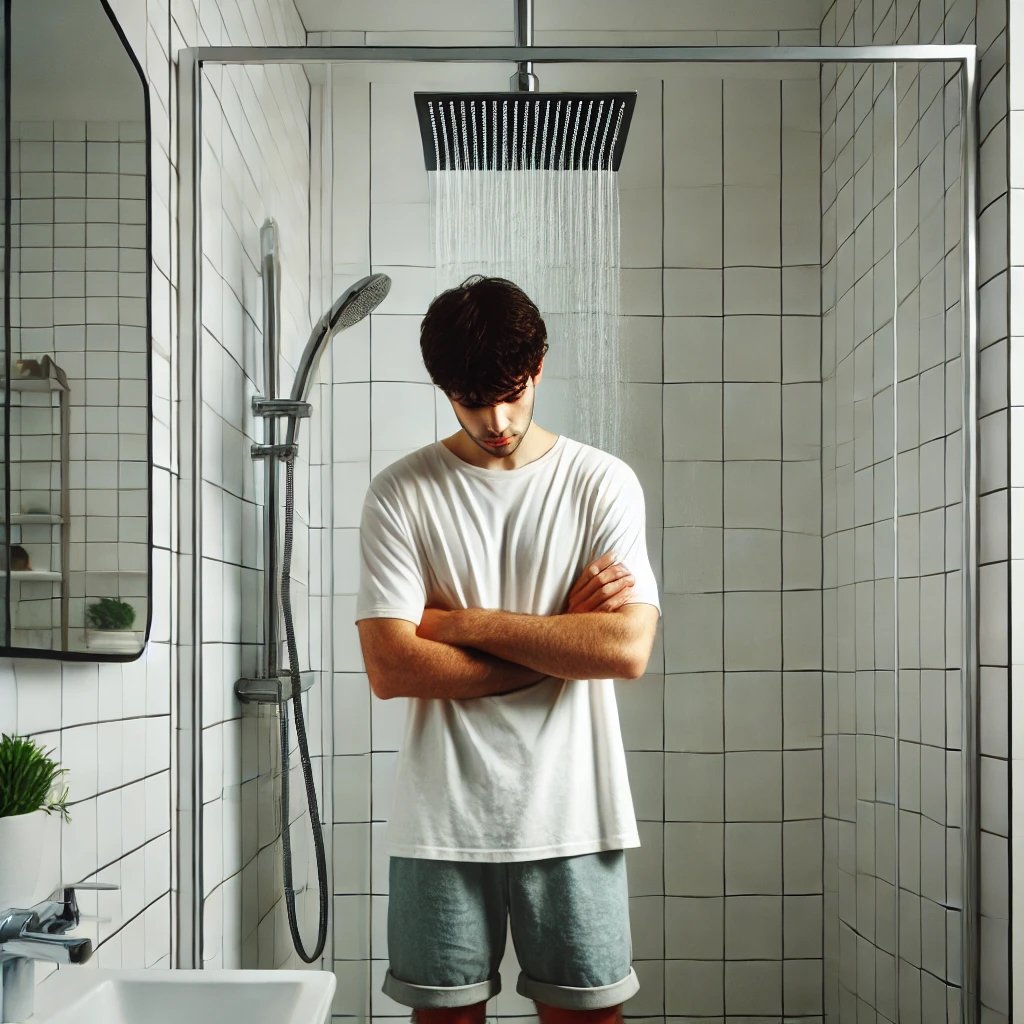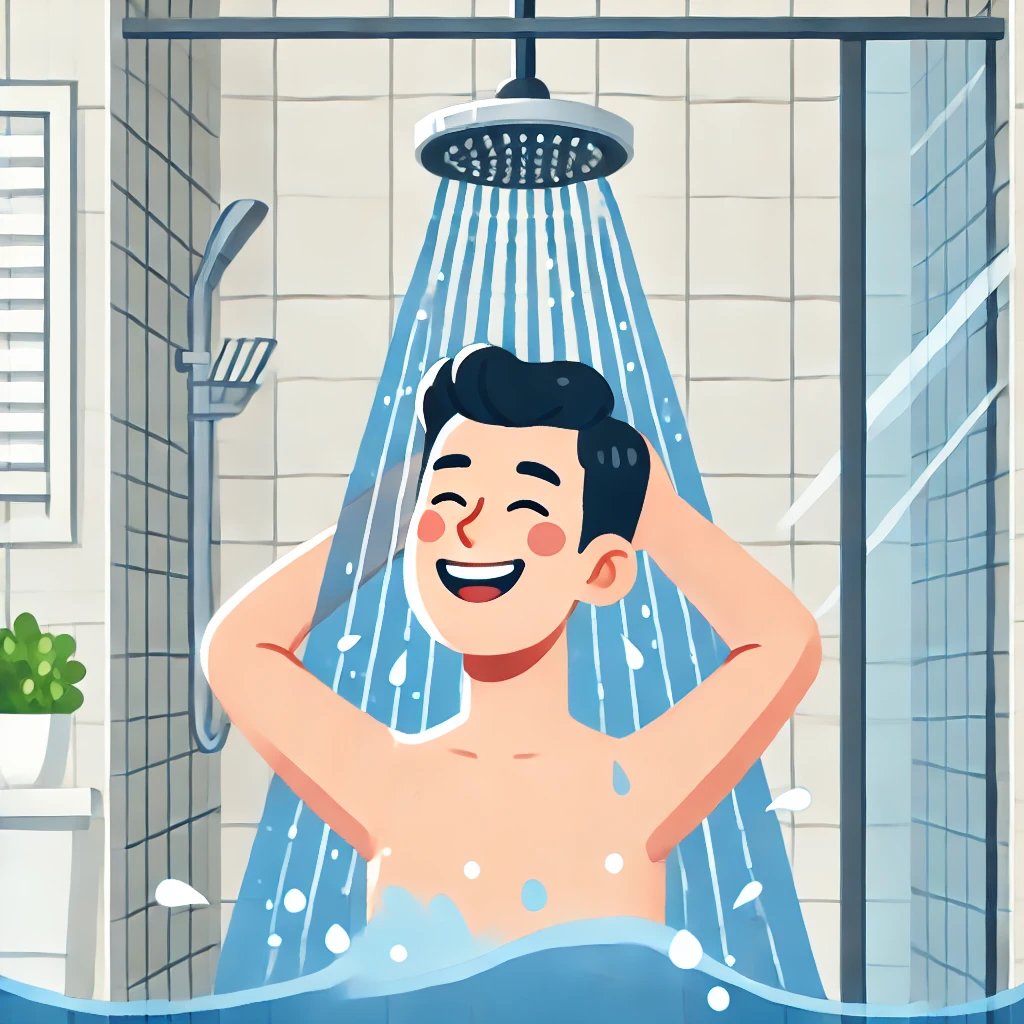How to Fix Low Water Pressure in Your Shower: A Step-by-Step Guide
Is there anything more frustrating than hopping into the shower, running late for work, only to be greeted by a weak trickle of water?
Low water pressure in the shower is a common household issue, but the good news is that you can often fix it yourself without calling a plumber. In this guide, we'll walk you through the steps to diagnose and solve the problem. By the end, you'll either have restored water pressure or know exactly when to bring in a pro.

Why Is My Shower Water Pressure Low?
Low water pressure in the shower can result from various issues, including partially closed valves, clogged shower heads, old plumbing, or even municipal water supply issues. According to a survey by the American Housing Survey, plumbing issues are among the top five most reported home maintenance problems in the U.S., with water pressure concerns being particularly common.
Common Causes of Low Water Pressure in Showers
There are five common causes of low water pressure in the shower:
- Mineral buildup in shower heads
- Partially closed valves
- Old or corroded pipes
- Municipal water supply issues
- Leaks in the plumbing system
Let's get started with some troubleshooting to figure out what is happening with your shower.
Step 1: Check Other Bathrooms
Start by checking if other bathrooms in your home are experiencing low water pressure.
If multiple bathrooms are affected, it's likely a main water supply issue.
- Locate your home's main water supply line (usually in the basement, garage, or utility room).
- Ensure the valve is fully open by twisting the handle all the way.
- Test the water pressure again. If this fixes the issue, you're good to go. If not, it might be time to call a plumber.
Tip: Sometimes, a municipal water supply issue can affect your entire home. Check with your local water provider for any scheduled maintenance or disruptions.
Step 2: Check the Tub Faucet
Check if both the tub faucet and the shower head have low water pressure. If both are affected:
- Find the water supply line for that fixture (often beneath the tub, behind a panel, or in a nearby cabinet).
- Ensure it's fully open by twisting the handle.
- Test the water pressure. If it's still low, the shower head might need cleaning.
Fun Fact: Mineral buildup from hard water can reduce water flow by up to 70% over time if not cleaned regularly.
Step 3: Clean the Shower Head
If it really is just this shower head, hard water and mineral deposits are common culprits behind low water pressure in the shower. Here's how you can clean the shower head yourself:
- Turn off the water supply to the shower.
- Drain any remaining water by turning on the shower.
- Remove the shower head by turning it counterclockwise. We recommend you use a cloth and a wrench to twist the shower head free without scratching it.
- Take the shower head and soak it in a mixture of vinegar and water for 1 hour.
- Remove the shower head. If there is still some built up debris, scrub the shower head with a toothbrush if needed.
- Rinse off the shower head with water.
- Reinstall the shower head and test the water pressure again.
If the pressure is still low, consider either buying a new shower head if you think that the shower head is the culprit, or calling a plumber to come take a closer look at the shower pipes.

Types of Shower Heads and Their Impact on Water Pressure
The type of shower head you have can significantly affect water pressure. Here are some common types:
- Fixed Shower Heads: Mounted to the wall and easy to clean, but some models may reduce water pressure due to flow restrictions.
- Handheld Shower Heads: Versatile and convenient, though cheaper models may have weaker water pressure.
- Rainfall Shower Heads: Luxurious and aesthetically pleasing, but often deliver lower water pressure due to their wide surface area.
- High-Pressure Shower Heads: Designed specifically to increase water pressure, making them ideal if you frequently experience low pressure.
Choosing the right shower head for your home can help prevent water pressure issues in the future.
Additional Note: Some modern shower heads come with adjustable pressure settings, allowing you to switch between gentle flow and high-pressure spray.
How Much Does It Cost to Fix Low Water Pressure in the Shower?
The cost can vary depending on the cause. According to HomeAdvisor, cleaning a shower head is virtually free if you DIY, while hiring a plumber can cost between $150 to $500, depending on the issue. Cleaning usually takes an hour or less, making it a quick and affordable fix to try yourself.
Preventing Low Water Pressure in the Future
There are a few preventive actions you can take to avoid low water pressure in the future, such as:
- Regularly clean your shower head.
- Ensure all valves are fully open.
- Schedule annual plumbing inspections.
- Upgrade to high-pressure shower heads.
- Replace old pipes if necessary.
Pro Tip: Installing a water softener can reduce mineral buildup and extend the life of your plumbing fixtures.
Final thoughts
Low water pressure in the shower is annoying, but with a little DIY effort, you can often fix it yourself. And when you can't, the Casa app is here to help.
For more home maintenance tips and step-by-step repair guides, download the Casa app today. Casa makes DIY fixes easy and connects you with trusted professionals when needed. Whether you're tackling a minor issue or facing a major plumbing problem, Casa is here to support you every step of the way.

